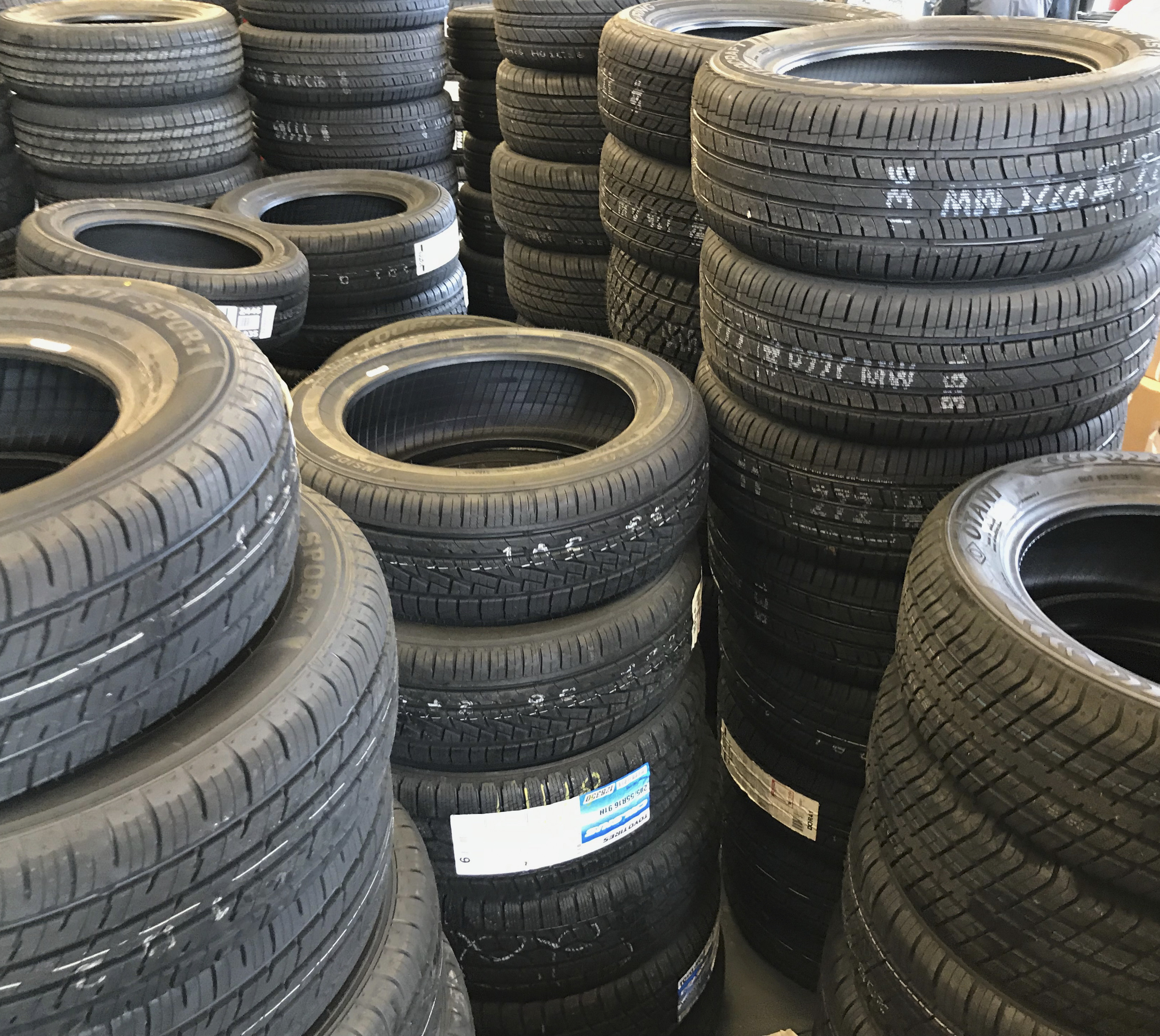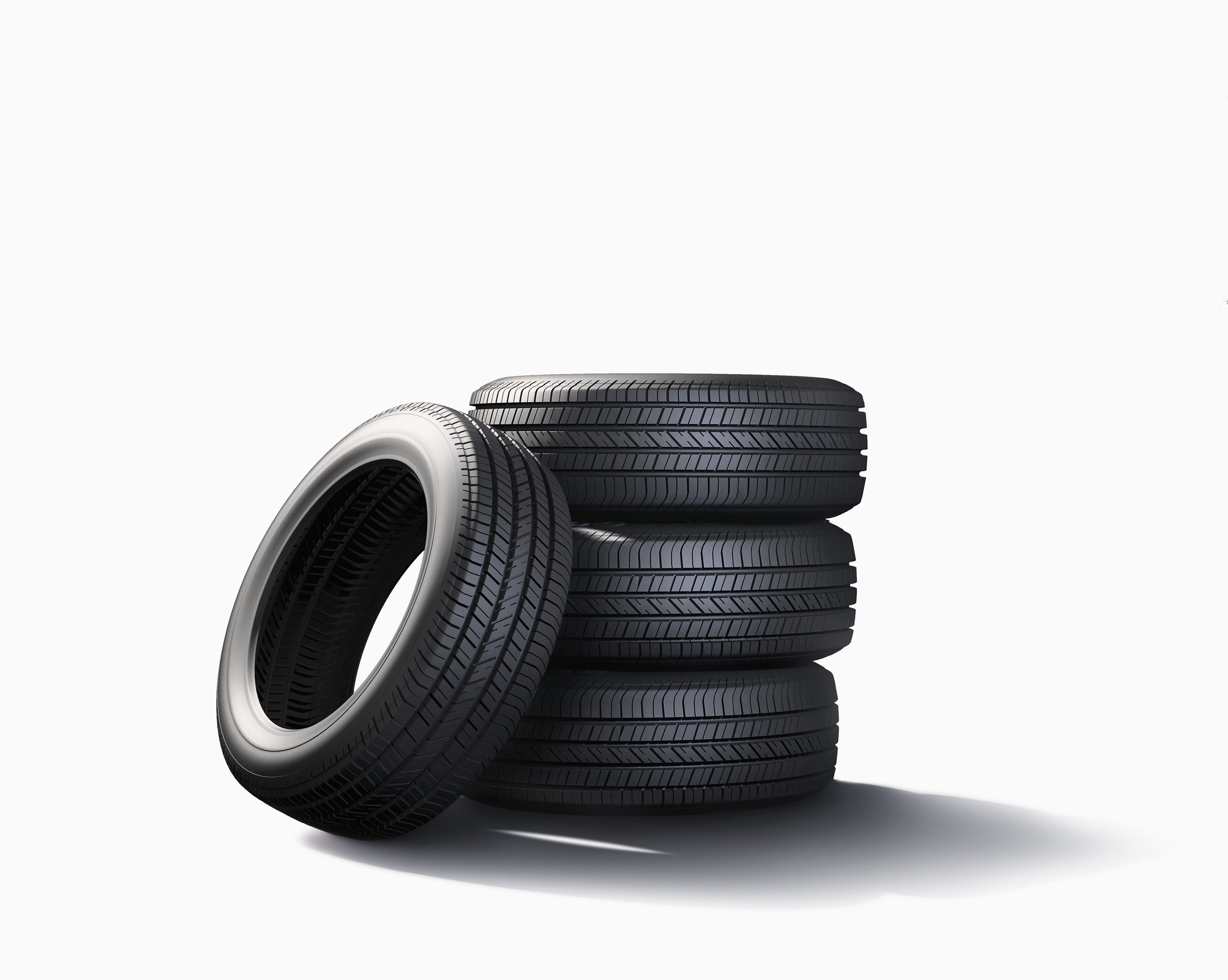All Categories
Featured
Table of Contents
I had the ability to get 100 hours out of one of these tires, and while it had definitely no tire lugs left on it, the soft substance made it function really wellas long as I was making use of a soft mousse. Kitt Stringer picture Easy placing - 3Wear - 3Sidewall strength - 3Performance on roots - 4Performance on damp rocks - 2Traction on dust - 5Cornering capacity - 4Traction while stopping - 4Self-clearing of dirt and mud - 3Performance in mud - 3Overall predictability or monitoring - 3 _ 37 Conclusion: This is a good all-around tire with good value for money.

The wear was regular and I like how lengthy it lasted and exactly how constant the feel was during usage. This would additionally be a great tire for faster races as the lug dimension and spacing bit in well on quick surface. Kitt Stringer picture Easy mounting - 3Wear - 3Sidewall stamina - 3Performance on roots - 4Performance on damp rocks - 4Traction on dirt - 4Cornering capacity - 4Traction while stopping - 5Self-clearing of dust and mud - 4Performance in mud - 4Overall predictability or tracking - 4_42 Verdict: I liked this tire a lot.
If I had to buy a tire for tough enduro, this would certainly be in my top selection. Easy mounting - 3Wear - 3Sidewall toughness - 3Performance on origins - 4Performance on wet rocks - 3Traction on dirt - 4Cornering capability - 3Traction while braking - 3Self-clearing of dirt and mud - 4Performance in mud - 4Overall predictability or monitoring - 3 _ 34 Conclusion: This tire was really soft and flexible.
All the gummy tires I evaluated executed relatively close for the very first 10 hours or two, with the winners mosting likely to the softer tires that had much better grip on rocks (Low-cost tyres). Getting a gummy tire will certainly give you a strong benefit over a normal soft compound tire, but you do spend for that benefit with quicker wear
Trusted All-season Tyres (Dianella)
This is an optimal tire for spring and loss problems where the dirt is soft with some moisture still in it. These proven race tires are wonderful all around, yet use rapidly.
My total victor for a hard enduro tire. If I needed to spend money on a tire for everyday training and riding, I would select this set.
Best Low-cost Tyres ( Stirling)
I've been running a set of Michelin Power Pilot 2CT's on my track Daytona 675 for the previous year. In that time I have actually done 15 track days in all weather conditions from chilly damp to very warm and these tyres have never ever missed a beat. Tyre packages. I have actually done almost 2,000 miles (3,200 kilometres) on them and as you can see from this shot of the front taken after very first session of my 15th track day on them, they still have rather a whole lot of rubber left on them
Simply put the 2CT is an incredible track day tyre. If you're the sort of rider that is likely to encounter both damp and completely dry conditions and is starting on track days as I was in 2015, then I believe you'll be difficult pressed to find a better value for money and competent tire than the 2CT; a pair of which will set you back around 185 (US$ 300) in the UK.
Coming up with a better all round road/track tire than the 2CT have to have been a difficult job for Michelin. The outcome of that initiative is the Michelin Pilot Power 3 which basically changes the Pure. Don't perplex this brand-new tyre with the roadway going Pilot Roadway 3 which is not designed for track usage (although some bikers do).
When the Pilot Power 3 launched, Michelin recommended it as a 50:50% road: track tire. All the biker reports that I've checked out for the tire rate it as a far better tire than the 2CT in all locations but especially in the wet.
Leading Budget Car Tyres
Technically there are several differences in between both tires although both utilize a dual substance. Visually you can see that the 2CT has less grooves cut into the tire but that the grooves run to the side of the tire. The Pilot Power 3 has even more grooves for much better water dispersal yet these grooves do not get to the shoulder of the tyre.
One aspect of the Pilot Power 3 which is various to the 2CT is the new 2CT+ innovation which expands the harder middle section under the softer shoulders (on the rear tire). This ought to provide much more security and lower any type of "agonize" when speeding up out of edges regardless of the lighter weight and even more adaptable nature of this brand-new tyre.

Although I was slightly uncertain concerning these reduced pressures, it ended up that they were fine and the tires carried out truly well on course, and the rubber looked much better for it at the end of the day. Simply as a factor of recommendation, various other (fast group) cyclists running Metzeler Racetecs were using tire pressures around 22-24 psi for the rear and 24-27 psi on the front.
Thinking of a better all round road/track tyre than the 2CT need to have been a tough job for Michelin. The result of that initiative is the Michelin Pilot Power 3 which basically replaces the Pure. Do not puzzle this new tyre with the road going Pilot Road 3 which is not developed for track use (although some motorcyclists do).
High-performance Tyres Near Me ( Stirling)
They inspire substantial self-confidence and provide amazing grasp levels in either the damp or the dry. When the Pilot Power 3 introduced, Michelin advised it as a 50:50% roadway: track tire. That message has recently transformed since the tyres are currently advised as 85:15% roadway: track usage instead. All the rider reports that I've checked out for the tyre rate it as a far better tire than the 2CT in all areas however especially in the damp.

Technically there are numerous distinctions between both tires although both utilize a dual compound. Visually you can see that the 2CT has fewer grooves cut into the tyre yet that the grooves run to the edge of the tyre. The Pilot Power 3 has even more grooves for better water dispersal but these grooves don't reach the shoulder of the tyre.
One element of the Pilot Power 3 which is various to the 2CT is the new 2CT+ technology which extends the harder center section under the softer shoulders (on the rear tyre). This must offer a lot more security and reduce any type of "squirm" when accelerating out of edges in spite of the lighter weight and more versatile nature of this new tyre.
Although I was slightly dubious regarding these lower pressures, it ended up that they were great and the tires carried out really well on course, and the rubber looked better for it at the end of the day. Simply as a factor of referral, various other (fast team) cyclists running Metzeler Racetecs were making use of tire stress around 22-24 psi for the rear and 24-27 psi on the front
Latest Posts
Top Tyre Offers Near Me – [:uarea]
Affordable Tyre Installation Near Me – Swan
Tyre Checks Near Me (Nollamara WA)